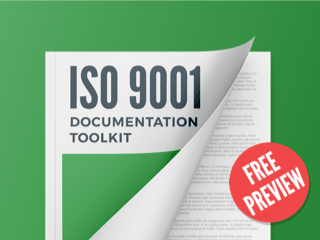PPAP and occurrence, severity and detection
Assign topic to the user
Answer:
Production part approval process (PPAP) is used in the automotive supply chain for establishing confidence in component suppliers and their production processes. Actual measurements are taken of the parts produced and are used to complete the various test sheets of PPAP.
The result of PPAP approval process is a series of documents gathered in one specific location (a binder or electronically) called the "PPAP Package". The PPAP package is a series of documents which need a formal certification/sign-off by the supplier and approval/sign-off by the customer. The form that summarizes this package is called PSW (Part Submission Warrant). The signature in the supplier certification area of the PSW indicates that the supplier-responsible person (usually the Quality Engineer or Quality Manager) has reviewed this package and that the customer-responsible person (usually a Supplier Quality Engineer or Supplier Quality Manager) has not identified any issues that woul d prevent its approbation.
PPAP is the confirmation that the product meets the customer requirements for series production. The PPAP will be considered signed when a full PSW is approved by your customer and added to the PPAP folder.
PPAP does not require severity, occurrence and detection to be defined, those values are determined by applying FMEA risk assessment methodology and results of this assessment are inputs for the PPAP. For more information about FEMA, see: Methodology for ISO 9001 Risk Analysis https://advisera.com/9001academy/blog/2015/09/01/methodology-for-iso-9001-risk-analysis/
Comment as guest or Sign in
Nov 28, 2016


